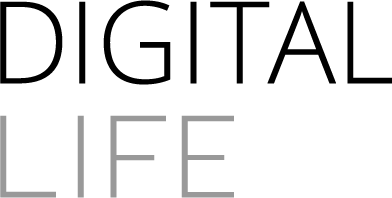How to implement e-Health
31-01-2022

The eHealth Users' Guild is a multi-year project that was founded out of the desire to break down the barriers between designers of healthcare technology applications and the people who work 'on the floor' - nurses and sometimes doctors. Because although many innovative solutions are found and designed in healthcare technology, successful implementation in the practice of a hospital, doctor's practice, nursing home or other healthcare institution often lags behind.
The Digital Life research group from the Amsterdam University of Applied Sciences has been involved as one of the knowledge partners for four years.
WHAT IS E-HEALTH?
The definition of eHealth is broad: it concerns the use of information and communication technology to support or improve health and healthcare. Passing on your blood clotting values online, video contact with home care, a fall sensor for the elderly who still live at home: these are logical examples. It comes down to remote digital monitoring.
HOW DO YOU IMPLEMENT E-HEALTH?
The User Guild therefore provides insight into healthcare technology and eHealth, and asks the question: how do you implement eHealth? Initially, the project focused on the design of various 'Test Rooms' at healthcare institutions: a short-term living environment, in which the elderly could experience a range of eHealth innovations with care professionals and those involved, and could internalize and improve them, under supervision.
Due to the daily practice of healthcare institutions and the corona crisis, it was decided not to introduce the Test Rooms. Instead, research was conducted by means of interviews and working visits, with the main point being that the preliminary research done for eHealth applications is often linear and one-sided. This creates a rift between the design of the care application and the daily practice of nursing, making it unusable.
ROADMAP
That is why the eHealth User Guild developed a roadmap that can be used by both entrepreneurs and healthcare institutions for the successful implementation of eHealth applications.
The Health Factory will safeguard the knowledge gained in the project and apply it sustainably in the exploitation of the roadmap after the project has ended. For expertise in the field of co-creation, technology acceptance models, innovative business models and healthcare content, the project can rely on knowledge partners such as Digital Life (AUAS), Ben Sajet Centrum, Waag and Big Data Value Centrum.
Through the roadmap, participating SMEs (Small & Medium Enterprises) gain access to customers and markets and, in conjunction with key stakeholders and technological solutions, can develop an impactful business case.
Source: Waag Technology & Society

